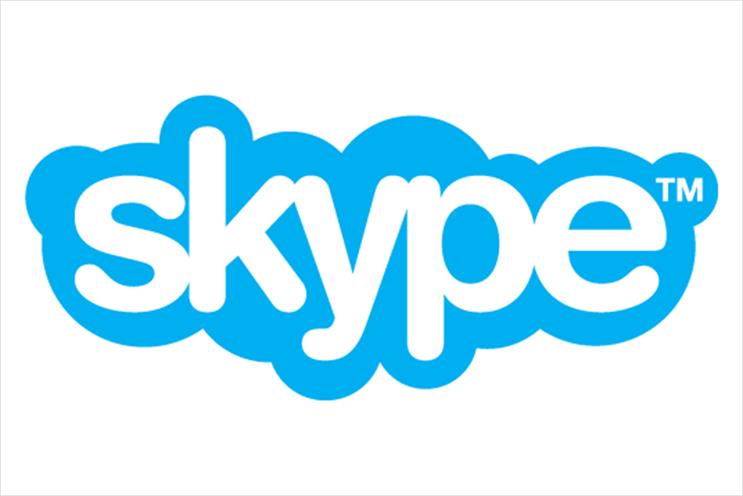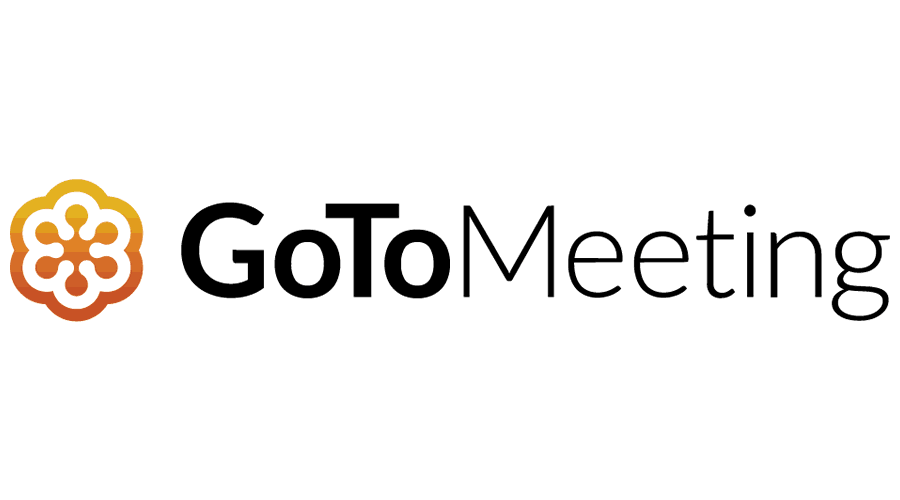Video conferencing platforms and messaging apps are quickly gaining in popularity across the world. Whether it is for personal or business use, the convenience of virtual meetings and chat apps are unparalleled. Companies can utilize these platforms across multiple devices, to easily collaborate with clients or employees, regardless of where they are located. These platforms offer an innovative solution for businesses to keep connected.
If your business is looking for a video conferencing and/or chat platform to implement, here are a few that we recommend:

Microsoft Skype
Skype is great for making simple video calls, group video calls, or sending instant messages. You can share screens and even send files depending on your internet connection. It’s fairly stable, and reliable.
Pros: Skype is available on a wide variety of platforms (web, Windows, macOS, Linux, Android, iOS, Xbox, Alexa). You can even pay to call landlines and cellphones. Over 50 people can be connected on a single video call.
Cons: There are some interface annoyances and it can be slightly challenging for new users using the program to find where all the features are.

Microsoft Teams
This platform offers your business the capability to host live events (webinars, conferences, presentations, etc.) with a large group of people – up to 50 people at one time. Additionally, there is a chat feature for individual and group messages, along with the ability to collaborate from anywhere with easy file sharing.
Pros: Makes all your collaboration tools – conversations, chats, online meetings, shared files, tasks, etc. – available in one single app and in one single interface. There is a range of 3rd party apps that integrate into Teams so your users never have to leave the Teams app to get their work done.
Cons: The biggest stumbling block for Microsoft Teams is other Microsoft tools. With the plethora of options, people can be easily confused about which tool to use in each situation. A benefit of Teams is that it makes sharing easy but teamwork isn’t always that simple. And, sometimes you want permission settings more private – which is not possible at this time.

Zoom
Zoom is a great and popular choice for web conferencing, with over one million meeting participants every day. Using Zoom, you can conduct live video chat and easily screen-share during a call. It also allows you to access meeting analytics, such as top users by meeting minutes. It is available on a wide variety of platforms: web, Windows, macOS, Linux, Android, iOS.
Pros: Zoom is a full-service communication platform. From one-on-one video calls and group conferences to chat and screen sharing, the system makes team collaboration very easy. Like other video conferencing tools, you have the ability to share your screen during meetings and send files. Also, you can look your absolute best with Zoom’s Touch Up My Appearance feature, or use a Virtual Background to change the surroundings behind you. The meeting host can easily mute or give control to any participant on a call. You can join a meeting anywhere using the Zoom mobile app. Zoom also syncs with Outlook, Gmail, and iCal to easily send meeting invitations. With all of its capabilities, it’s no wonder it’s one of the most popular video conferencing solutions for businesses.
Cons: Zoom offers a free version, but meetings are limited to 40 minutes. In order to have extended meetings, the host would need to be a part of a paid plan.

Go-to-Meeting
Need to hop on a video conference call quickly? Then look no further than GoToMeeting. In an instant, you can easily join or host a video and share your presentation on screen. Available on Mac, PC, or mobile device it enables face-to-face group video conferencing in high definition.
Pros: GoToMeeting allows users to have full control over the equipment of a participant. If you have someone in a meeting who is struggling to keep up with the presentation or information, you have the ability with GoToMeeting to take over their machine. GoToMeeting also offers an Office 365 plugin.
Cons: GoToMeeting requires a stable internet connection. Reviews have pointed out that conference calling on the mobile app can be a bit tricky, specifically with getting the audio and video set correctly. Running your audio through the computer can also be a little wonky so it’s best to use the dial-in option.

Google Hangouts
The platform is highly effective for one-on-one and group video and chat interaction. Google Hangouts has iOS and Android apps and is available on web browser and a mobile app.
Pros: Google Hangouts is great for promoting conversation between team members. Instant messages can include images, gifs, and emojis. You can have one-on-one video calls or group chats. Also, if you are a user of G Suite, you can share your Google Docs, Slides, and Sheets in your Hangouts.
Cons: While any guest can be invited to a Hangout, the meeting host must have a Google account. The quality of your internet connection is very important. Decent video meetings require a stable and relatively high bandwidth.

Facebook Workplace:
A new feature from Facebook, Workplace offers video chat for meetings, live event broadcasting to an unlimited audience (great for webinars, conferences, etc.), direct messaging, company updates, group features, and simple file sharing collaboration. Workplace allows your company to create groups for various teams and you can even collaborate with business partners, utilizing the “Multi-Company Groups” feature.
Pros: Workplace gives your company a newsfeed with scrolling updates about people, meetings, and projects. You can also view company events right from the platform home page and view team organizational charts to easily find the person you need to connect with. Additionally, you can broadcast live streams specifically to your business.
Cons: You have to pay per user and it costs more to get additional storage, etc., but it’s cheap (up to $8 per person) compared to a lot of platforms.

Slack
Slack offers organized conversations, with 1:1 direct messages and “channels” for various groups, projects, or teams. It also offers the ability to prioritize important conversations. The “Channels” feature is a group chat and offers the capability to share specific company channels with business partners, clients, and vendors to easily collaborate, exchange files, and video chat.
Pros: You can prioritize chats or people, and star certain topics for easily referring back to. Channels can be public, private, shared or multi-workspace. The mobile app is very user friendly.
Con: There is minimum file storage limit of 5 GB with the free version. When files are sent through Slack instead of email, it can be frustrating because you only get as much storage as you choose to pay for, so Slack slowly deletes files over time. To access video chat with more than one person and for more file storage, you must subscribe to a paid version of Slack.
Whether you are looking to host video meetings, conferences, live events, or simply chat with your team to easily collaborate on projects and share files, there are several options for your business! These are just a few of our recommendations, as there are many other choices available as well (such as, Ryver, Flowdock, Chanty, Flock, and more). Regardless of which you decide to utilize, we are sure that it will help keep communication open and your teams connected.


